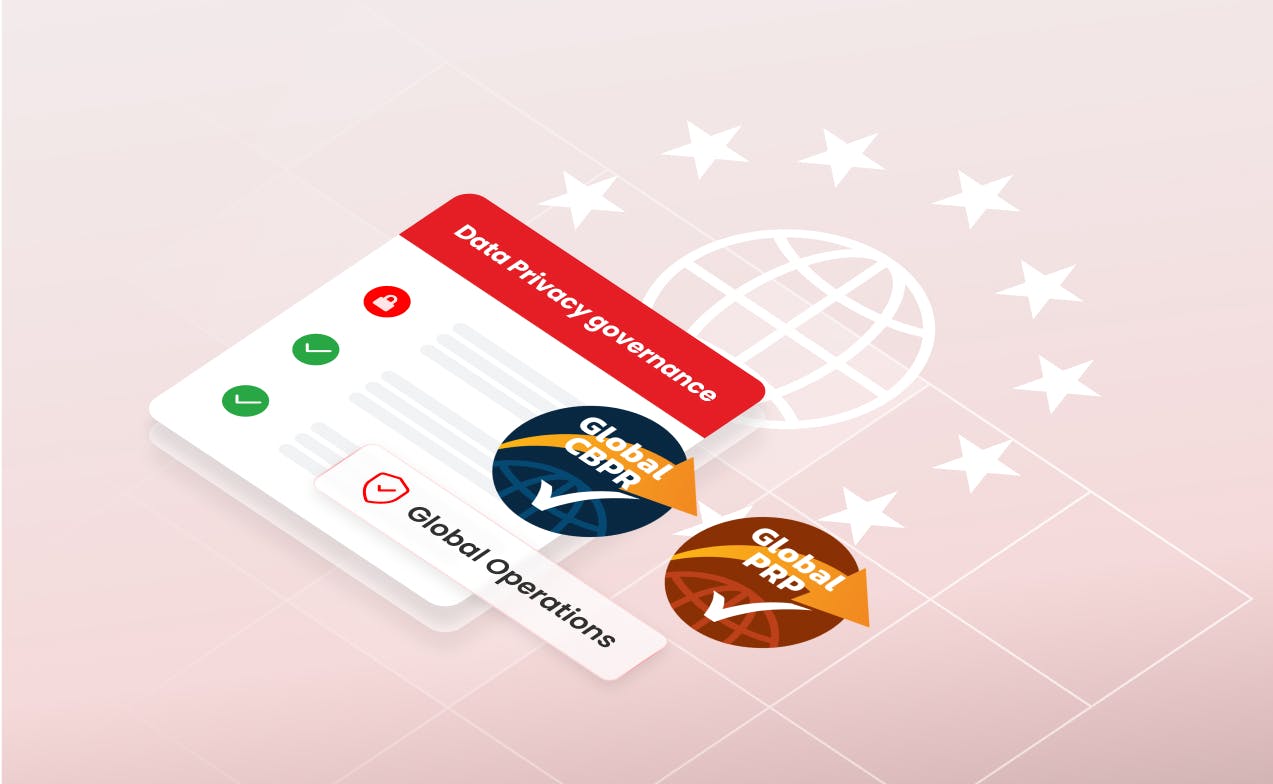
The launch of the Global CBPR and PRP systems marks a major step in harmonizing international data privacy. These certification frameworks simplify cross-border compliance, build user trust, and set global standards for controllers and processors—helping businesses navigate fragmented regulations while signaling commitment to privacy-first practices.
On June 2, 2025, the global digital ecosystem made strides toward being better able to manage difficult standards for global data privacy governance. With the official launch of the Global Cross Border Privacy Rules (CBPR) System and the Privacy Rules for Processors (PRP) System, businesses get new frameworks for enhancing global data privacy governance. This is particularly true for businesses with global operations, as these frameworks offer some guidance for managing cross-border data transfers, compliance, and user consent.
The Global CBPR and PRP systems offer a new approach to data privacy for both data controllers and data processors.
The Global CBPR system is a multinational, interoperable privacy certification framework intended for data controllers — that is, organizations that determine the purpose and means of processing personal data. It establishes baseline privacy standards that businesses must meet when transferring personal data across borders.
The PRP system complements CBPR by providing similar certification opportunities for data processors—third-party vendors or service providers that process data on behalf of data controllers.
Both frameworks were developed as successors and expansions of the APEC CBPR system, now with a broader international reach and stronger alignment with global privacy norms, including elements of the GDPR, CCPA, and other regional legislation. The certifications exist to try to bring different global data protection laws into closer alignment to help companies comply with (and demonstrate their compliance with) an internationally agreed standard. A company certified under CBPR and PRP enable companies to show that they follow the data protection and privacy standards set forth in the frameworks and have the right controls in place to manage customer data when transferring it across national borders.
Data privacy regulations are nothing if not globally fragmented and increasingly complex. Managing the tangled web they weave can be daunting for businesses of all sizes, making systems like the Global CBPR and PRP a viable, if voluntary, compliance pathway.
The IAPP describes the current cross-border data management landscape as more complicated than ever, as regulations shift to encompass more than just personal data. Now cross-border data regulations cover a vast range of data types – including national security, AI, and others – that must be managed in line with a huge variety of “outbound data transfer restrictions, data localization requirements, data quality standards, compelled data disclosure obligations and other country-specific legal obligations”.
How can most businesses keep accurate account on their own? The CBPR and PRP frameworks offer businesses a way to demonstrate accountability, build trust, and simplify cross-border data flows in a legally compliant manner.
Key features include:
Third-party certification and accountability agents
Standardized privacy principles, such as notice, choice, data integrity, security, and access
Clear recourse mechanisms for consumers
Recognition by multiple governments, aiming for greater international interoperability
For multinational corporations and startups alike, CBPR and PRP provide an opportunity to simplify compliance across jurisdictions. Participating in the CBPR and PRP systems can:
Reduce legal uncertainty when transferring data internationally
Serve as a trust signal to consumers and partners
Create a compliance baseline that complements domestic laws
Help avoid redundant privacy audits across countries
Moreover, the CBPR and PRP frameworks are technology-neutral and adaptable, making them suitable for both legacy systems and modern cloud-based architectures.
Website operators and digital service providers, especially those handling personal data across national borders, will need to examine their privacy policies, cookie consent mechanisms, and third-party data processing arrangements.
Certification under CBPR or PRP could influence how websites:
Manage consent for data collection and usage
Disclose international data transfers clearly and lawfully
Manage relationships with vendors, analytics providers, and cloud services
Ultimately, alignment with these systems may become a competitive advantage, particularly for platforms aiming to establish themselves as privacy-first in a crowded marketplace.
Consent remains a cornerstone of digital privacy, but the CBPR and PRP systems emphasize that effective privacy governance goes beyond checkboxes. Businesses are now encouraged to consider:
Contextual integrity—Is consent meaningful given the context of data use?
Granularity—Are users given real choice over how their data is used?
Transparency—Are privacy notices clear and accessible?
The frameworks push organizations to adopt holistic, user-centered privacy practices that are not just legally compliant, but ethically sound.
As digital commerce and data ecosystems continue to globalize, the CBPR and PRP systems mark an important step toward international privacy harmonization and cooperation. They reflect a growing consensus that privacy protection must be robust, consistent, and adaptable to new technologies.
For businesses, this is both a challenge and an opportunity. Those that invest in transparent, interoperable, and user-respecting privacy practices now will be best positioned to thrive in a world where trust is currency.
©2018-2025 CookieHub ehf.
CookieHub CMP offers tools and services for managing cookies and online privacy.


